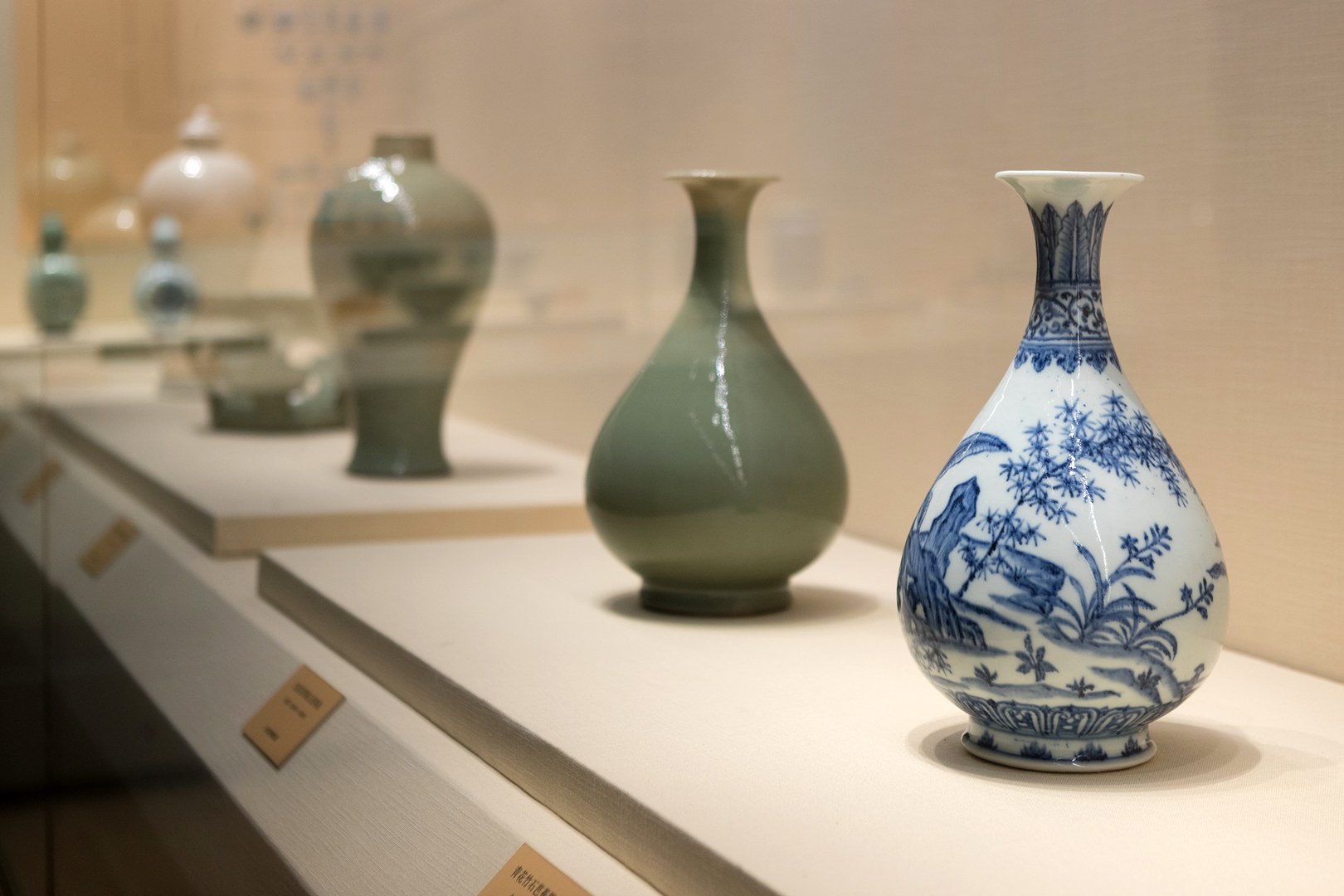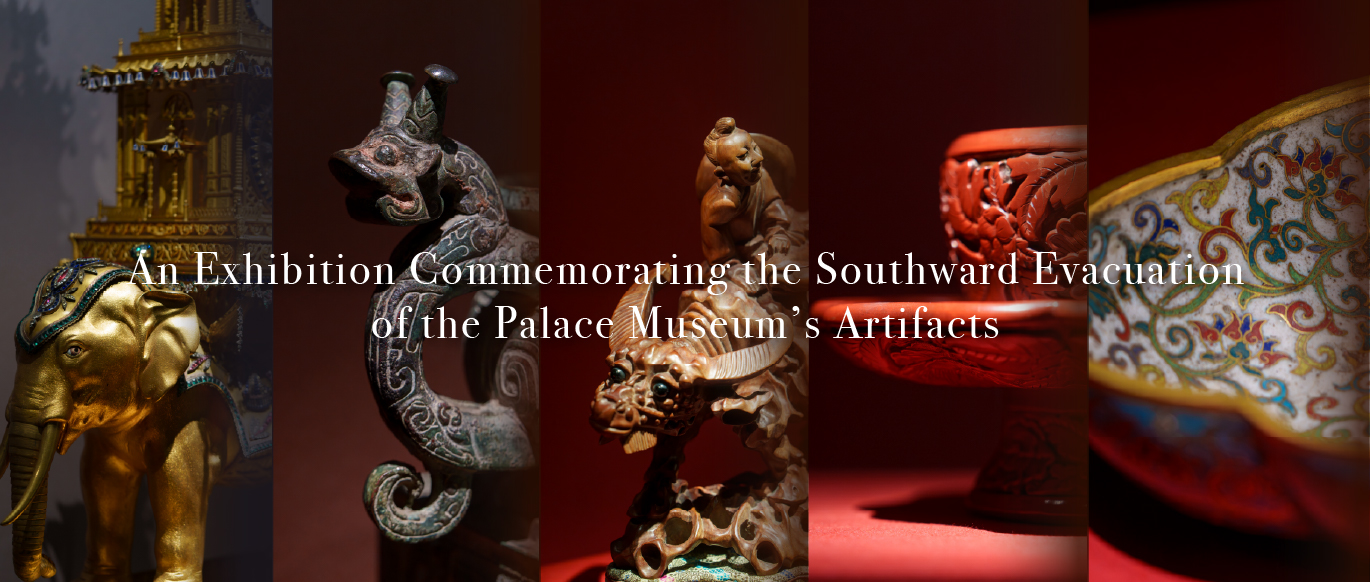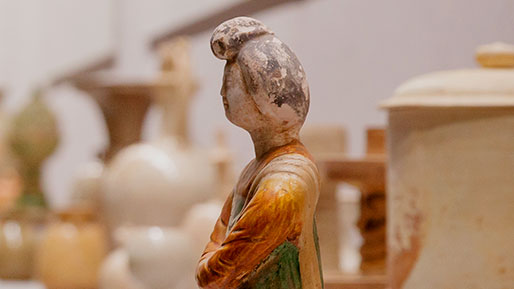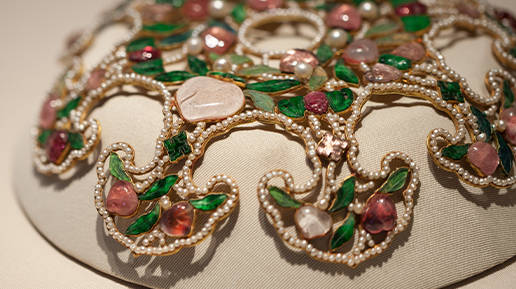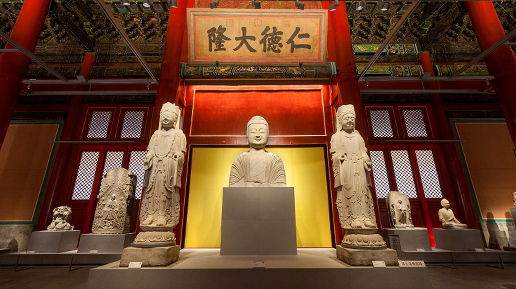
Human history has been constantly revised or re-written by new discoveries. The same has happened to the knowledge on official-kiln porcelains of the Ming dynasty (1368-1644), which has been changed by archaeological excavations at the Ming-dynasty official kiln sites in Jingdezhen.
While there has been much knowledge about such widely-known official-kiln porcelains of the Ming dynasty as blue-and-white, white-glazed and red-glazed porcelains of the Yongle (r. 1403-1424) and Xuande (r. 1426-1435) periods, Doucai porcelain of the Chenghua (r. 1465-1487) period, yellow-glazed porcelain of the Hongzhi (r. 1488-1505) period, and wucai porcelain of the Jiajing (r. 1522-1566), Longqing (r. 1567-1572) and Wanli (r. 1573-1620) periods, three reign periods of the dynasty - Zhengtong (r. 1436-1449), Jingtai (r. 1450-1457) and Tianshun (r. 1457-1464), had long been described by researchers of ceramics as the "blank period" or "dark period", due to the practice of not using reign period inscriptions on the wares, and the lack of physical evidence.
As more and more physical objects were discovered, the mystery of the porcelains of these three periods has gradually been unveiled. Particularly, the latest archaeological discoveries in 2014 at the Ming-dynasty official kilns in Jingdezhen revealed that the official kilns during the Zhengtong, Jingtai and Tianshun periods, working on the basis of techniques from the Yongle and Xuande periods, achieved some development in such varieties as blue and white, Doucai, and celadon modeled on Longquan porcelain, and started what would later emerge in the Chenghua period, a new style of delicacy both in shape and ornamentation.
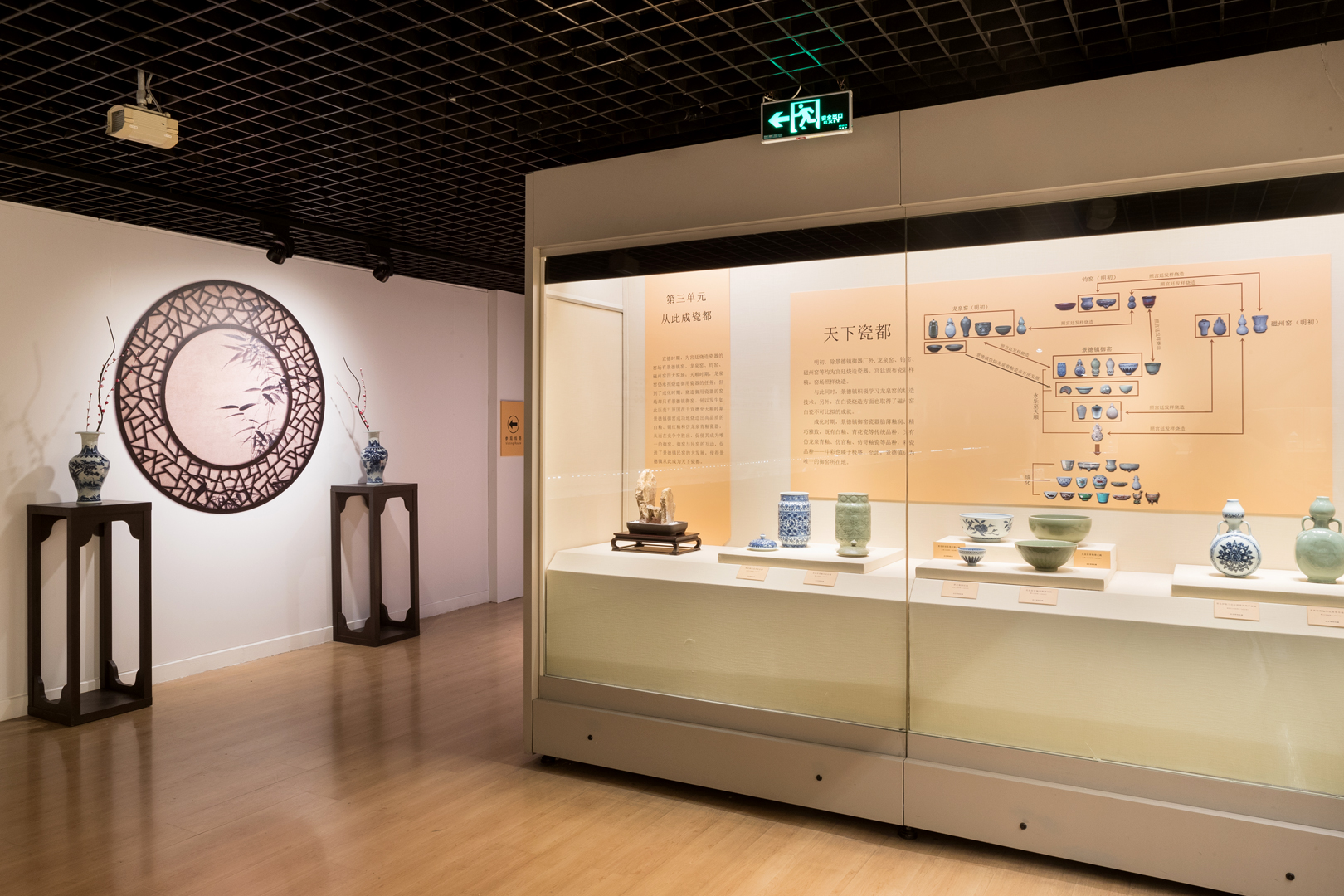
The archaeological discovery at the Ming-dynasty official kilns in Jingdezhen has not only changed our past knowledge on existing official-kiln porcelains from the Ming dynasty, but also made "the blank period" "no longer blank".
Organizers: The Palace Museum,
Partners: Wuhan Museum,
